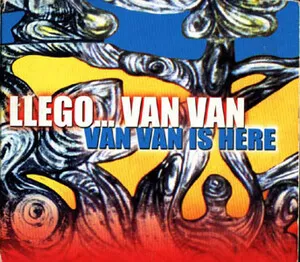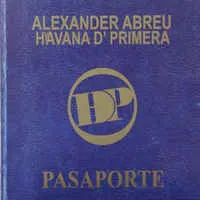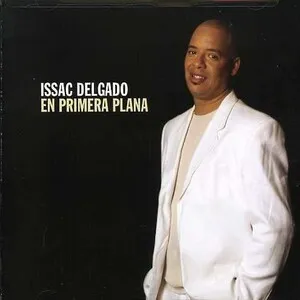Timba is a high-energy Cuban dance-music genre that emerged in the 1990s, characterized by explosive rhythmic drive, complex arrangements, and a modern, urban attitude. It extends the lineage of son cubano and salsa by integrating songo’s drumset-driven groove, rumba’s rhythmic vocabulary, and jazz/funk harmony and horn writing.
Hallmarks include gear changes (sudden shifts in groove and orchestration), tightly synchronized bloques (arranged hits and breaks), virtuosic piano tumbaos, aggressive bass lines that “gear up” and release tension, and call-and-response coros with streetwise soneos/rap interjections. Percussion sections typically blend congas, timbales, bongó, and a full drum kit, creating a polyrhythmic engine built around the clave while allowing dramatic rhythmic modulation.
Timba crystallized in Havana during the early 1990s as a next step after the 1970s innovation of songo by Los Van Van. Bandleaders and arrangers—most notably José Luis “El Tosco” Cortés with NG La Banda—reimagined the salsa/son format by importing a full drum kit, funk-influenced bass approaches, and jazz harmonies, while maintaining Afro-Cuban rhythmic foundations (clave, rumba, batá-derived phrasing). The urban social context of post–Special Period Cuba shaped timba’s edgy lyrical stance and performance energy.
Groups such as NG La Banda, Charanga Habanera, Issac Delgado’s bands, Paulito FG y su Élite, Manolín “El Médico de la Salsa,” Bamboleo, Manolito y su Trabuco, and Klimax developed a competitive, virtuosic scene. Signature features emerged: gear changes (cambios/“gears”) that shift groove intensity, elaborate bloques to spotlight dancers and singers, and piano/bass parts that escalate tension (bomba sections). Horn sections adopted dense, syncopated mambos influenced by jazz/funk.
Despite industry and travel barriers, timba’s influence spread globally via tours, recordings, and diaspora scenes. Veterans formed new ensembles (e.g., Pupy y Los Que Son Son), while later groups like Havana D’Primera refreshed the style with refined songcraft and powerhouse brass. Timba’s rhythmic and arranging language filtered into modern salsa bands outside Cuba and into Cuban popular hybrids, notably feeding into reggaeton fusions (cubatón/timbatón) and contemporary Latin jazz projects.








